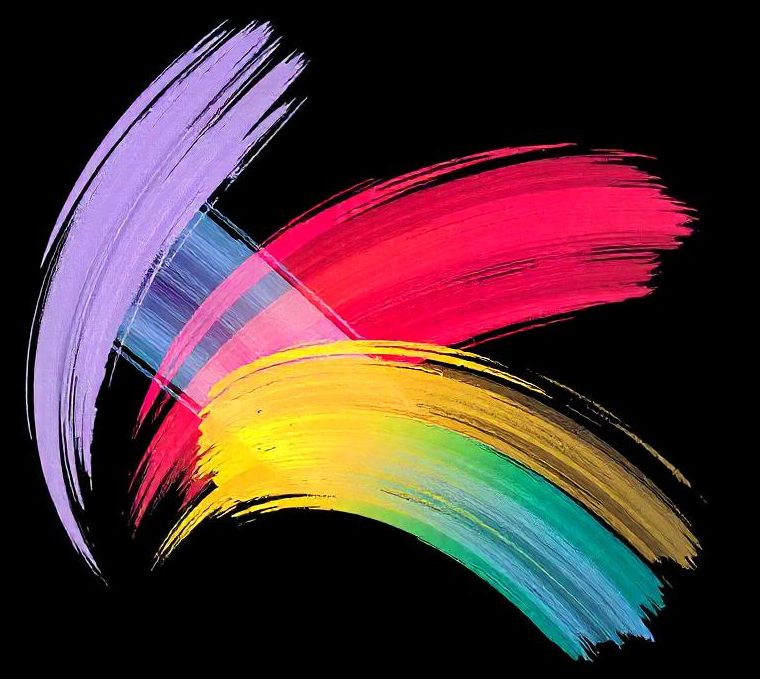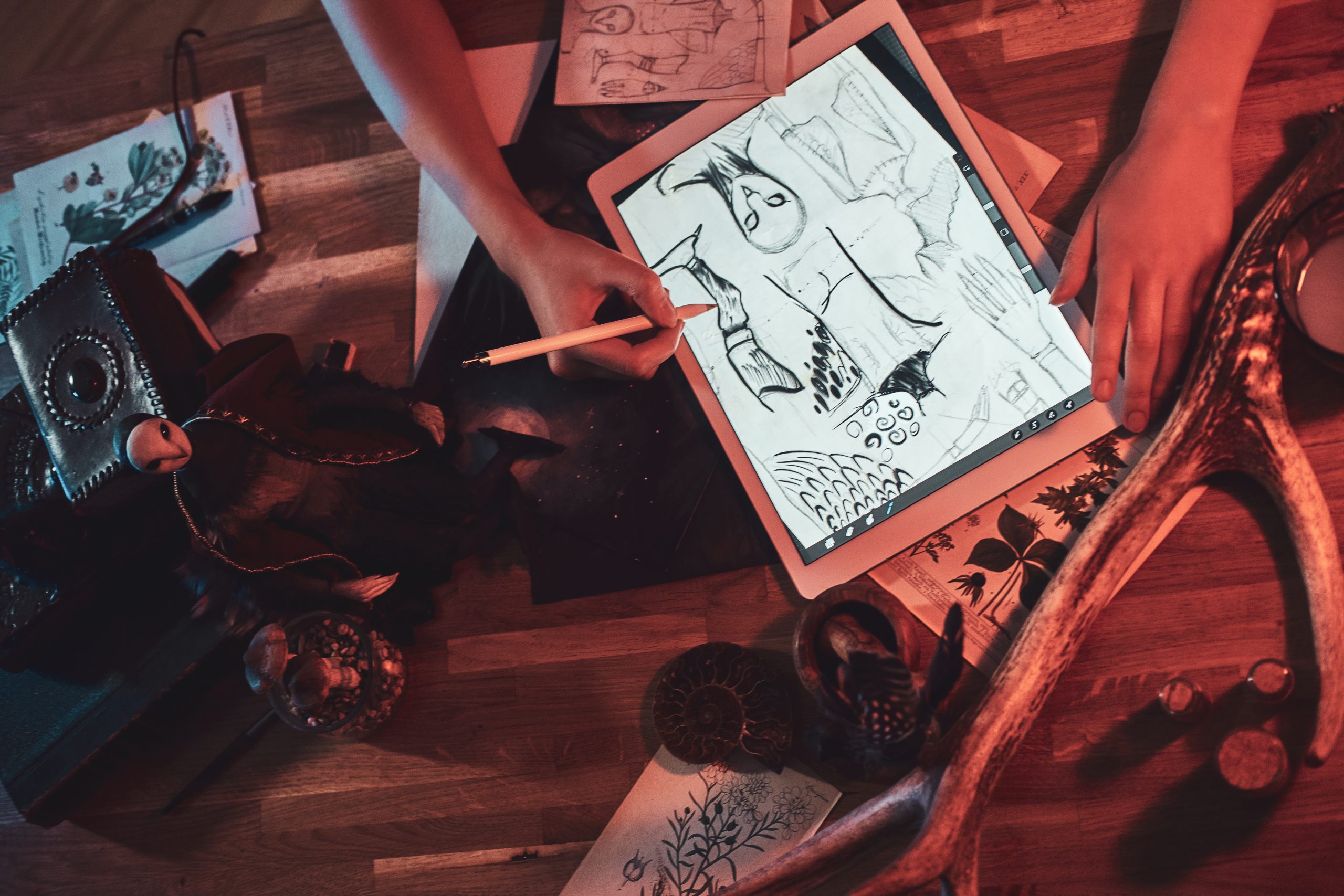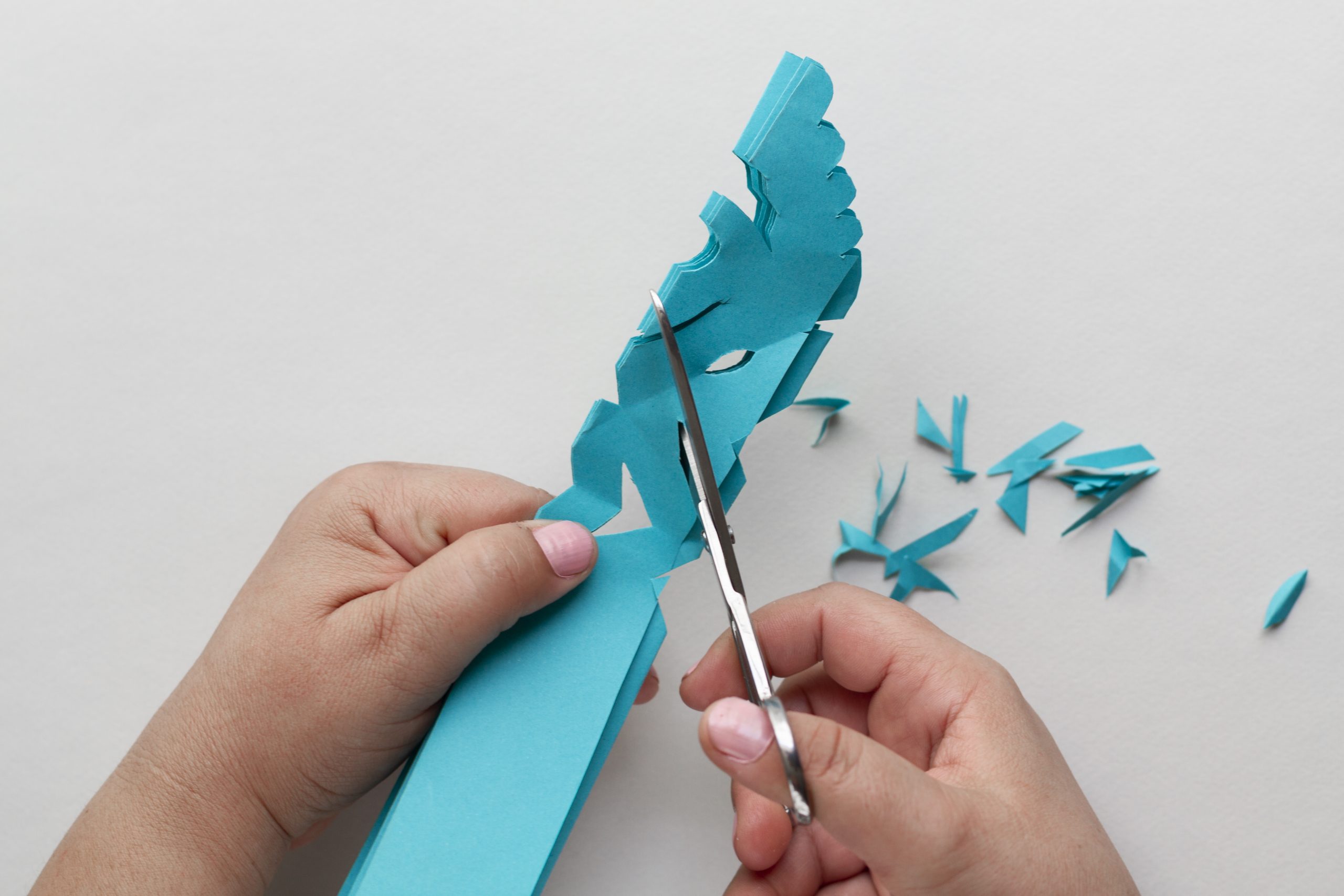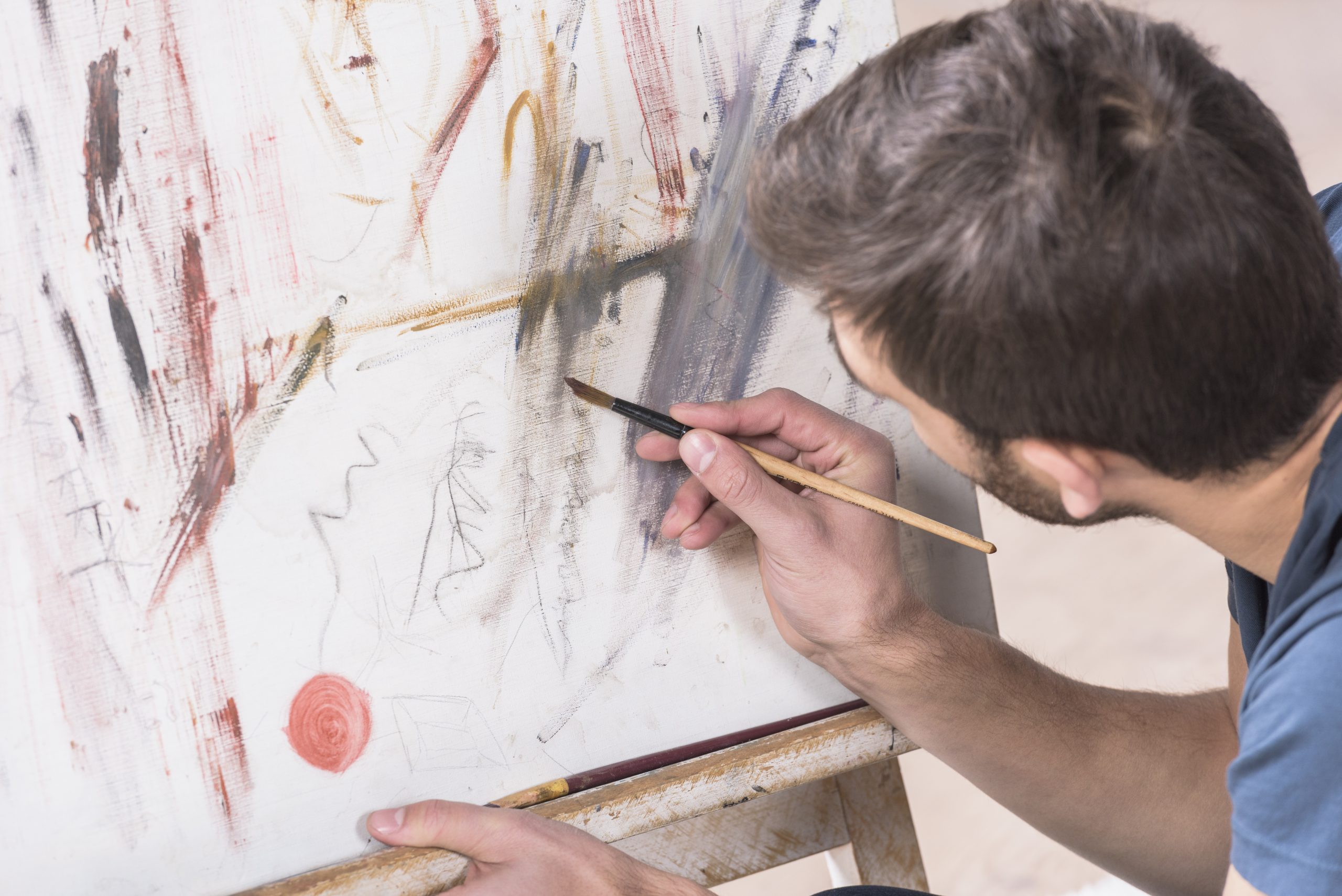In recent years, technology has revolutionized the art world, blending the old with the new. The fusion of traditional art techniques and digital tools has given artists the ability to create groundbreaking works that push the boundaries of creativity. In this article, we explore how this marriage of mediums is shaping the future of art.
The Evolution of Art and Technology
Art has always been a reflection of the tools available to artists at the time. From cave paintings to oil paintings, art has evolved alongside advancements in technology. Today, digital technology is no longer just an accessory to traditional art forms, but an integral part of the creative process.
Traditional Techniques Meet Digital Tools
In the past, artists had to rely on physical mediums like paints, clay, and brushes to create their masterpieces. However, digital tools like graphic design software, 3D modeling programs, and digital tablets are now giving artists a whole new platform to work on. These tools allow for precision, infinite editing, and the ability to bring ideas to life with a few clicks.
For example, painters are now incorporating digital enhancements into their traditional oil paintings, blending the tactile nature of brushstrokes with the precision of digital software. Sculptors use 3D printers to create intricate models before bringing them to life in their studios. This blend of traditional and digital techniques results in stunning, multi-dimensional works of art.
Benefits of Combining Traditional and Digital Art
- Increased Accessibility
Digital tools allow artists from all over the world to create and share their work, no matter their location. Online platforms like social media, digital galleries, and online marketplaces provide artists with an unprecedented level of exposure. - New Creative Possibilities
Combining digital tools with traditional methods opens up new avenues for creativity. Artists can now manipulate their work with ease, experiment with new forms, and incorporate elements that were once impossible to achieve using traditional methods alone. - Preservation of Techniques
Digital platforms allow traditional techniques to be preserved and replicated. For instance, artists can create high-quality digital reproductions of their work, allowing future generations to appreciate and study historical pieces in ways never before possible.
The Future of Art: A Symbiotic Relationship
As technology continues to evolve, the possibilities for artists will only expand. The future of art lies in the harmonious relationship between traditional techniques and digital tools. Artists will continue to innovate, and viewers will benefit from a wider range of experiences and art forms.
The fusion of traditional and digital art is not just a trend but a powerful movement that is reshaping the way we view and create art. Whether it’s a digital sculpture that looks like a classical marble piece or an interactive painting that responds to the viewer’s touch, the blending of the old and the new is opening new doors to artistic expression.
Conclusion
The fusion of traditional and digital art represents a thrilling future for creativity. Artists today are bridging the gap between past and future, combining centuries-old techniques with state-of-the-art technology to create visually stunning works that capture the imagination of audiences around the world. As we move forward, we can expect even more dynamic and innovative ways in which art will continue to evolve, embracing both tradition and innovation.



